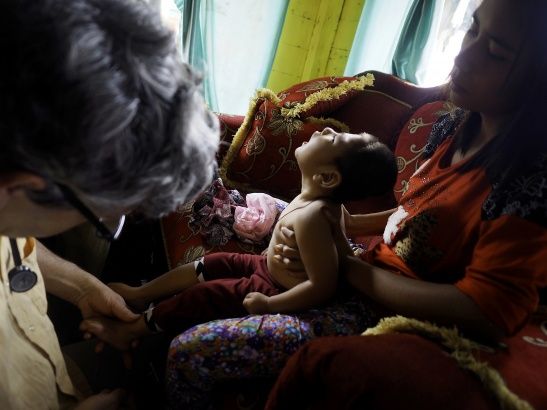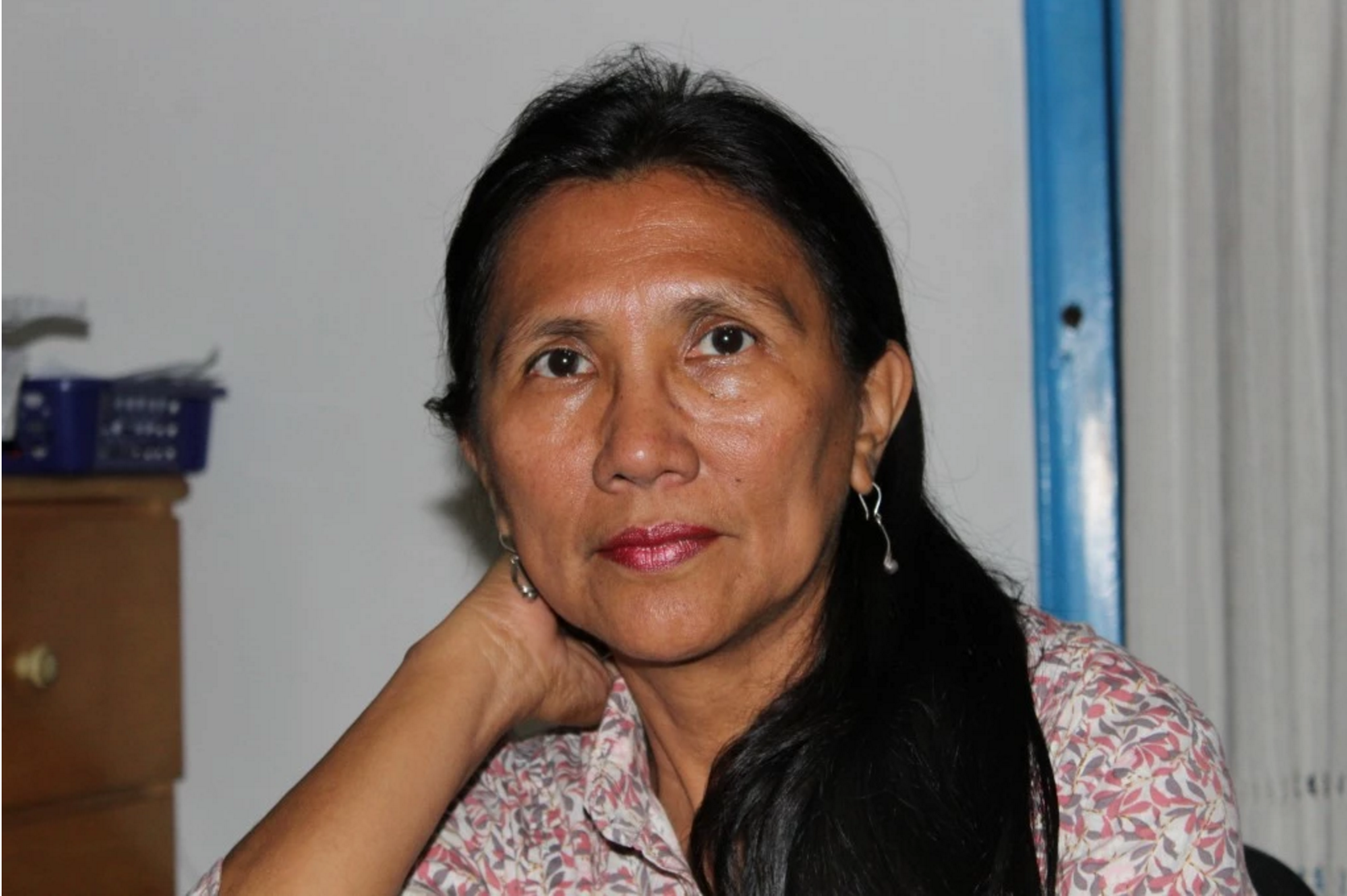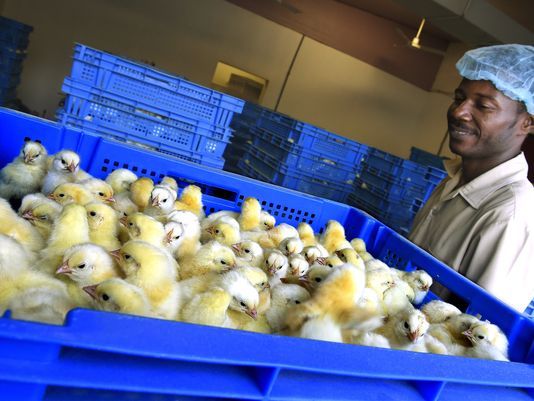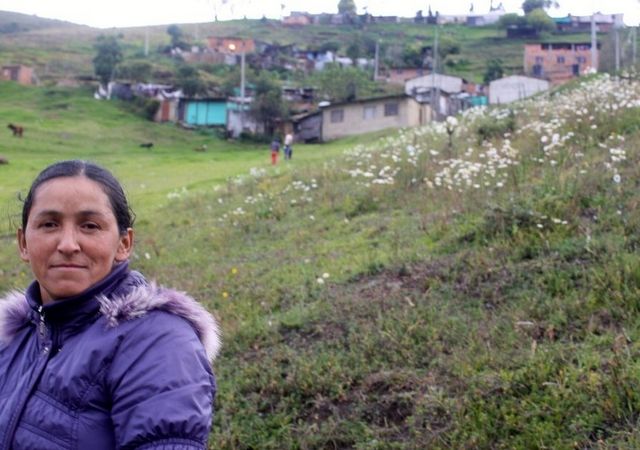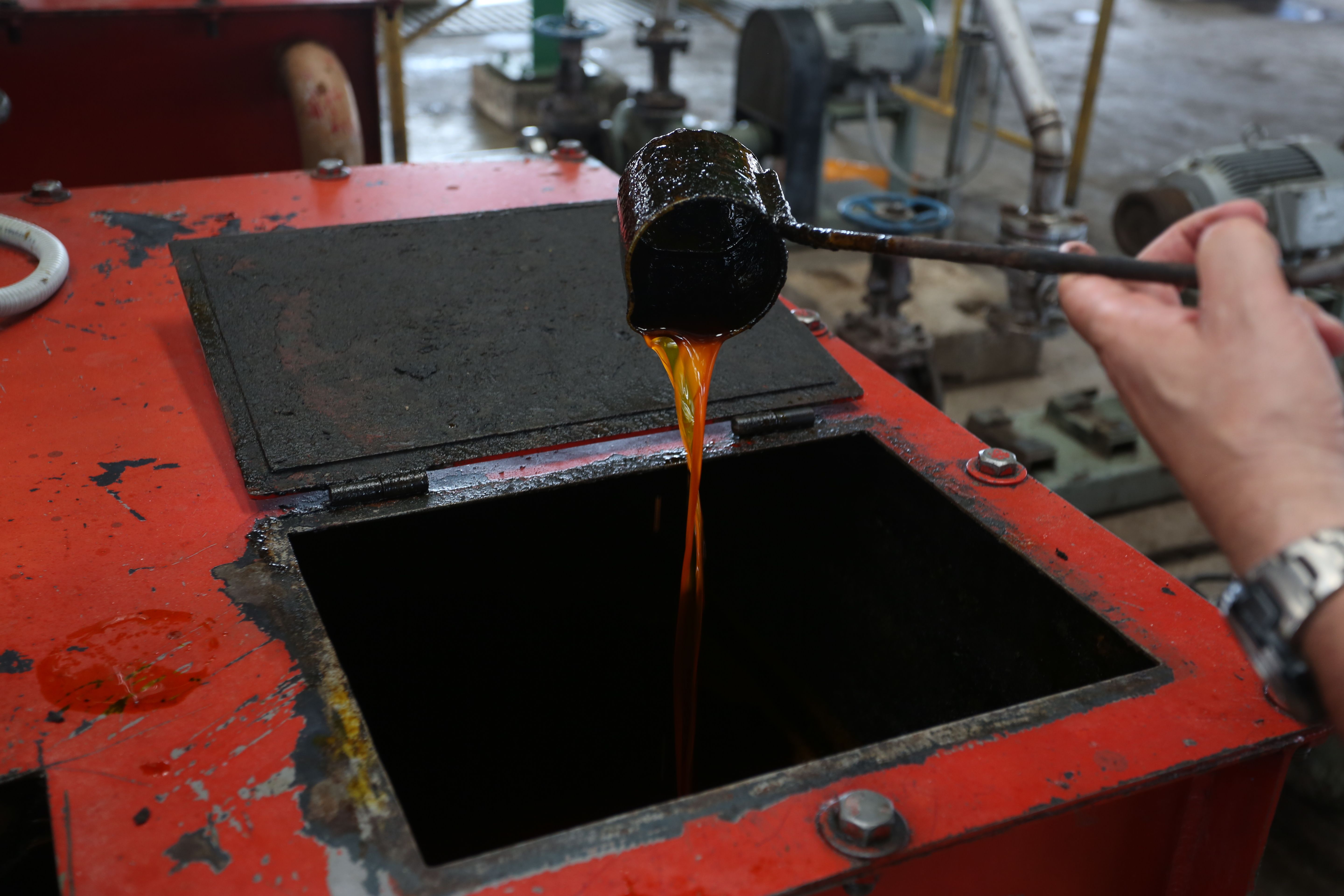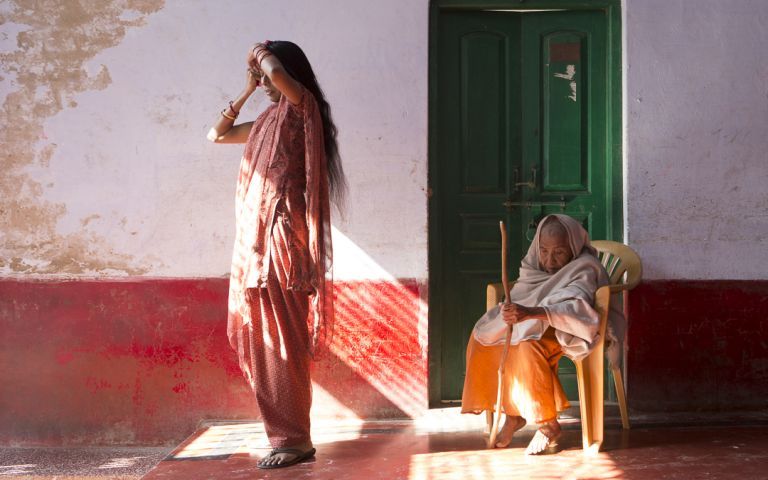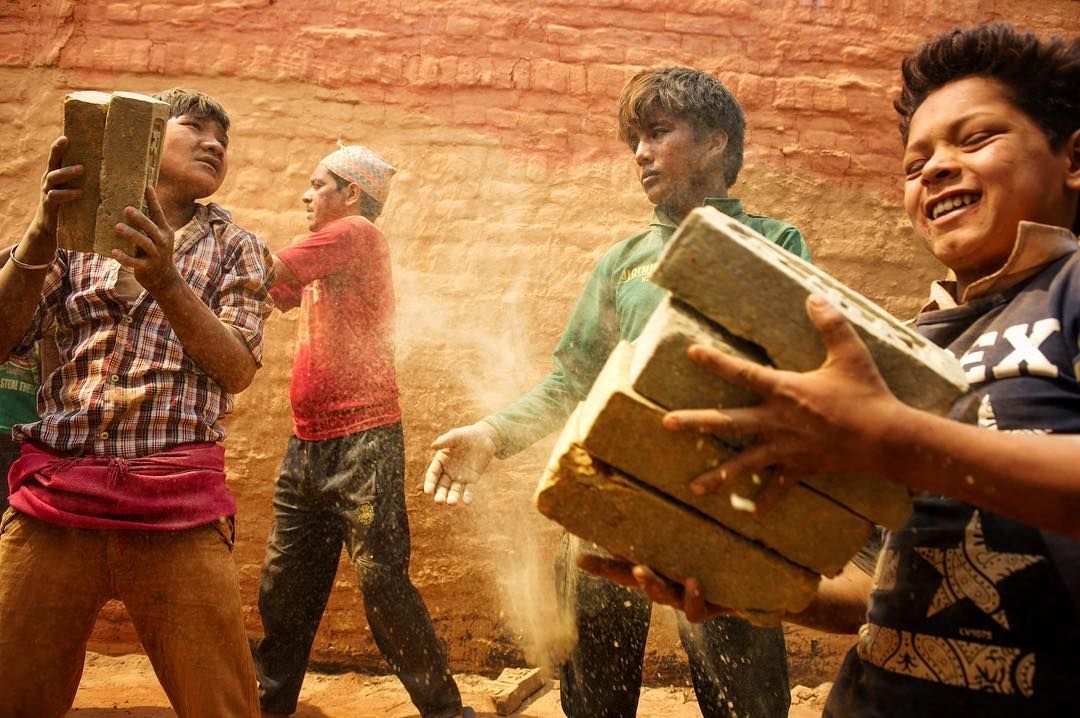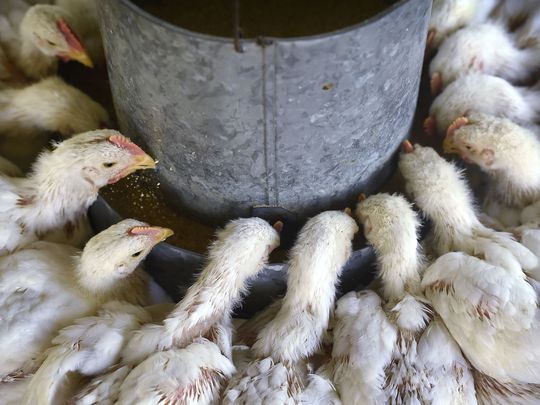September 23, 2016 | All Grades
My thought is to compare the effects of previous trade agreements on labor rights with the legal protection language offered in the text of the TPP agreement. The sources I have included from Pulitzer, as well as the links below should help us get an idea.
To start, this is a website showcasing the positive impact TPP would have to labor rights:
The Trans-Pacific Partnership is a win for all parties
Now on to those highlighting the negative side:
This is a blog about the perceived negative effects TPP would have on labor rights:
Obama's Pacific Trade Deal Is No Deal At All
A Q&A on TPP that includes some questions about human and labor rights:
Q&A: The Trans-Pacific Partnership
Another article comparing TPP to previous trade agreements to prove the negative impact on labor rights:
Will The Trans-Pacific Partnership Improve Labor Standards?
